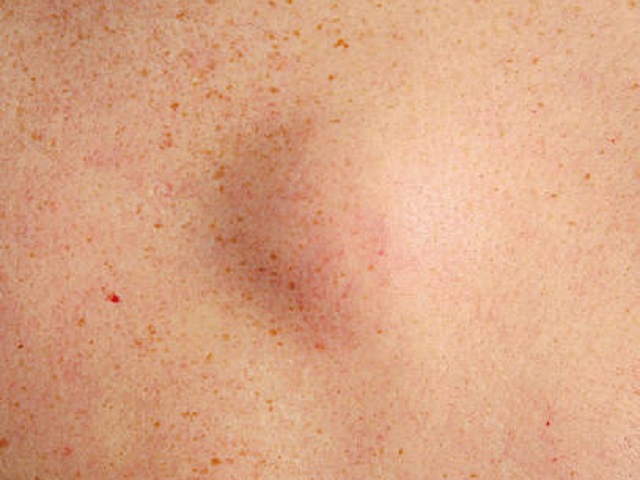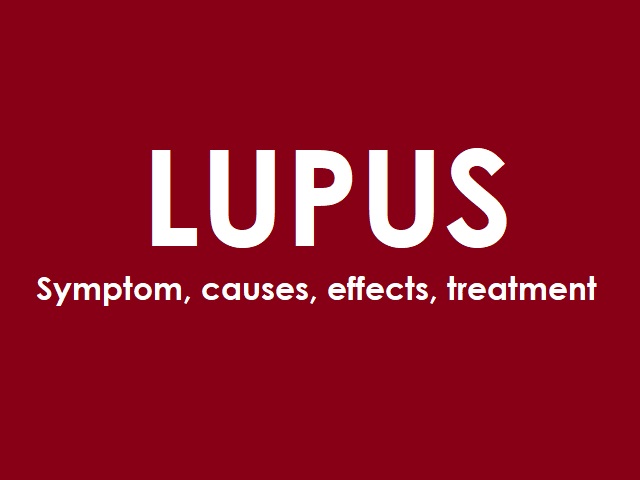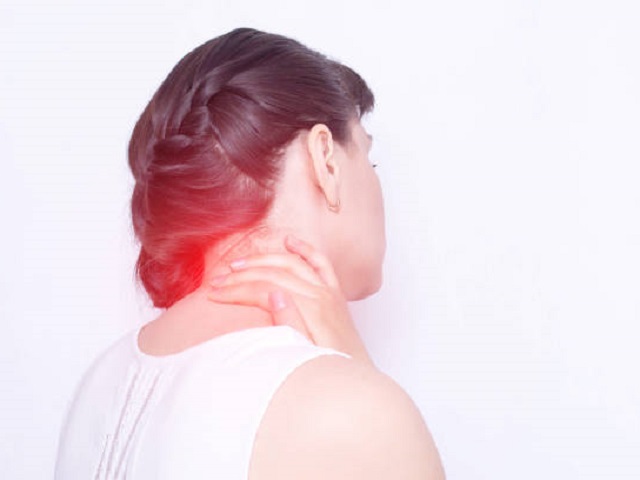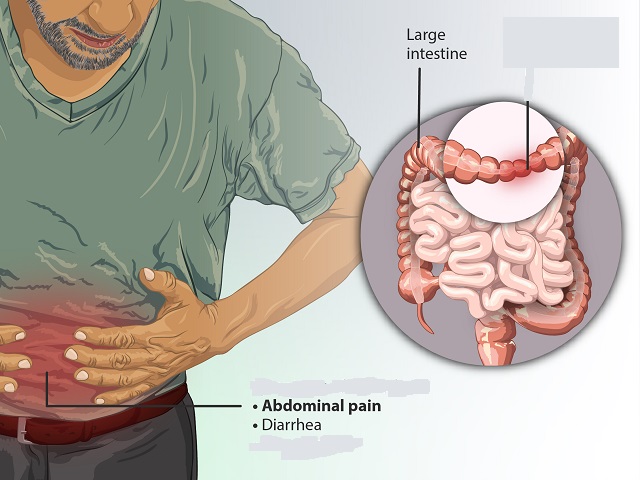4 Signs You May Have Lipoma -- Symptoms, Causes, Effects, Treatment and Prevention
Lipoma is a common benign tumor that develops from fat cells. It typically presents as a soft, rubbery lump under the skin. Lipomas can occur anywhere on the body but are most commonly found on the neck, shoulders, back, and arms. These tumors are usually slow-growing and painless, and they rarely cause any serious health problems.
Symptoms of Lipoma:
Lipomas are usually asymptomatic, causing no pain or discomfort. Some common features of lipomas include:
- Soft, movable, and easily compressible lump under the skin.
- Usually small in size but can grow larger over time.
- Typically located just beneath the skin surface.
- No skin color changes or inflammation around the lump.
Diagnosis of Lipoma:
The diagnosis of lipoma involves a combination of physical examination and imaging tests. The following methods may be used:
- Physical examination: The doctor will evaluate the appearance, texture, and location of the lump and assess its mobility and tenderness.
- Imaging tests: In some cases, imaging tests such as ultrasound or MRI may be ordered to confirm the diagnosis and evaluate the size and depth of the lipoma.
Causes of Lipoma:
The exact cause of lipoma formation is not fully understood. However, certain factors may contribute to their development, including:
- Inherited conditions: Some genetic syndromes, such as familial multiple lipomatosis, are associated with a higher risk of developing multiple lipomas.
- Hormonal factors: Hormonal imbalances or changes may play a role in the development of lipomas.
Effects of Lipoma:
Lipomas are typically harmless and do not cause significant health effects. However, if they grow large or occur in certain areas, they may cause cosmetic concerns, discomfort, or functional impairment.
Treatment of Lipoma:
Treatment for lipomas is usually not necessary unless they cause symptoms or aesthetic concerns. However, in certain cases, treatment options may include:
- Surgical removal: Lipomas can be surgically removed if they cause pain, restrict movement, or have a cosmetic impact. The procedure is generally simple and involves making an incision and excising the lipoma.
- Liposuction: For larger lipomas or those located in sensitive areas, liposuction may be used to remove the fatty tissue.
- Observation: In many cases, lipomas are left untreated and monitored for any changes or symptoms.
Prevention of Lipoma:
Since the exact cause of lipoma formation is unknown, there are no specific preventive measures. However, maintaining a healthy lifestyle and regular physical activity may help overall well-being.
References:
Mayo Clinic. (2019). Lipoma. Retrieved from https://www.mayoclinic.org/diseases-conditions/lipoma/symptoms-causes/syc-20374470














